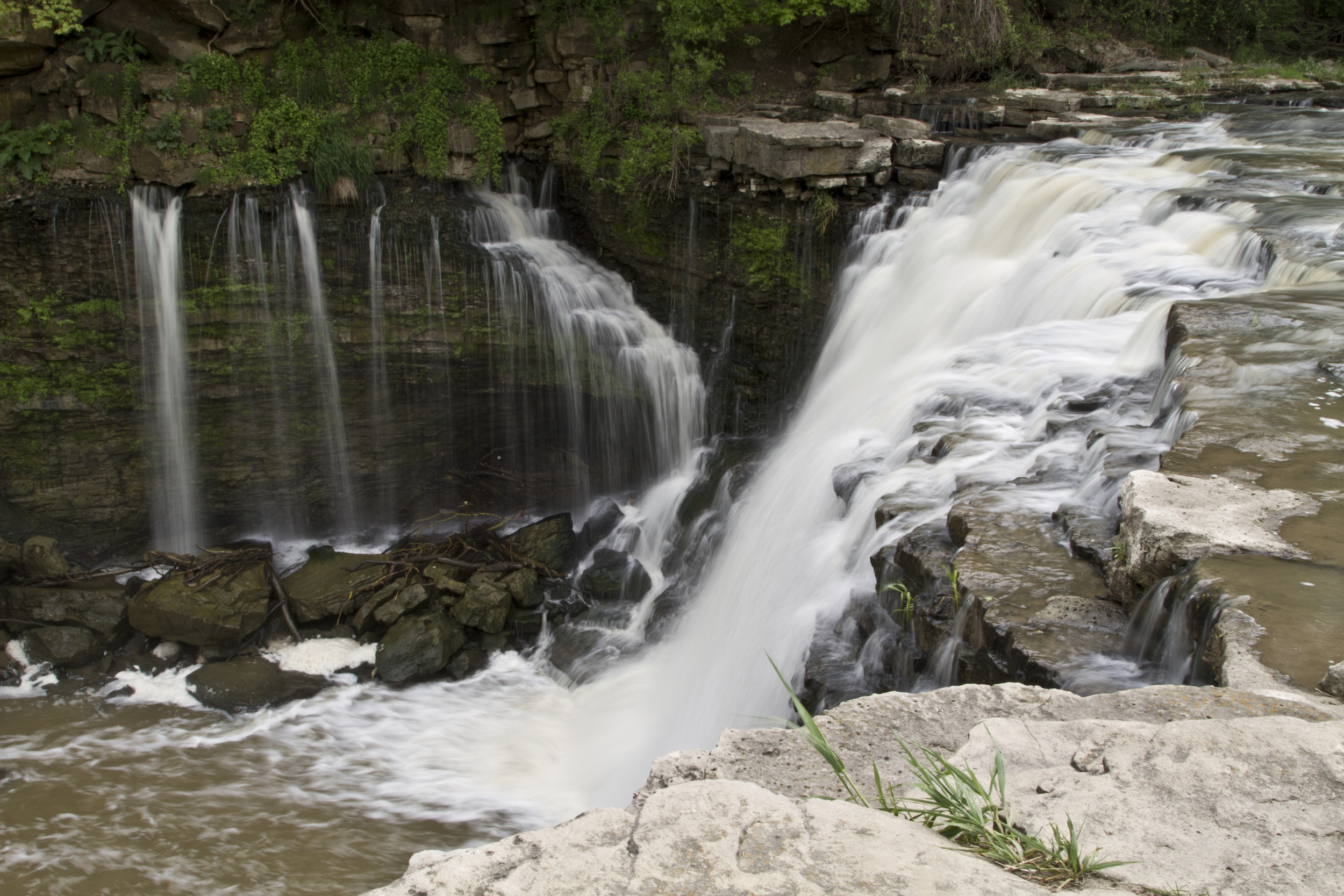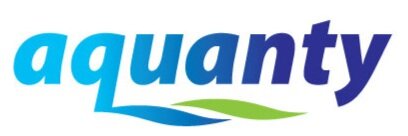

Staff Research Highlight - A Continuous Differentiable Formulation for Seepage Face Boundary Conditions in Dynamic Groundwater Systems
This research by Aquanty staff introduces a continuously differentiable formulation for seepage face boundary conditions in dynamic groundwater systems. Traditional approaches often model seepage faces with abrupt boundary transitions, leading to numerical instabilities, convergence issues, and computational inefficiencies in transient groundwater simulations. This research presents a novel approach that ensures smooth transitions between saturated and unsaturated zones, improving the stability and accuracy of numerical groundwater models.

NEW version of HGS PREMIUM June 2025 (REVISION 2845)
The HydroGeoSphere Revision 2845 (June 2025) is now available for download.

Manitoba Cooperator - Farm climate adaptation on tap with MFGA project
The Manitoba Co-operator has featured the latest MFGA initiative, with comments from Dr. Steve Frey, Aquanty’s Director of Research Services, highlighting how advanced modelling is supporting more climate-resilient farming in Manitoba. The new project “Evaluating climate change impacts on Manitoba’s forage and grassland landscapes” will build on the MFGA Aquanty hydrologic model to simulate how changing climate conditions could impact water availability, land use, and agricultural sustainability across the Pembina Valley and Assiniboine West Watershed Districts.

Staff Research Highlight - A dynamic meshing scheme for integrated hydrologic modeling to represent evolving landscapes
Aquanty is pleased to introduce a novel dynamic meshing scheme for integrated hydrologic modelling with HydroGeoSphere to better represent evolving landscapes. The approach addresses a major challenge in modelling human-altered environments, particularly in regions undergoing rapid changes such as open-pit mining sites, land reclamation zones, or urban developments. Traditional hydrologic models often rely on static mesh geometries, limiting their ability to capture changes in topography and subsurface structure over time. This research proposes a more flexible, adaptive framework capable of simulating surface and subsurface hydrologic responses to complex engineering activities.

HGS RESEARCH HIGHLIGHT – Modeling fate and transport of E. coli in a small watershed with grazing lands around a pond
This research investigates the fate and transport of E. coli in a small watershed with grazing lands surrounding a pond, using HydroGeoSphere (HGS) to develop a mechanistic numerical model. Understanding how E. coli moves through surface and subsurface water systems is crucial for managing microbial contamination risks in agricultural watersheds, where livestock activities can significantly impact water quality.

NEW version of HGS PREMIUM May 2025 (REVISION 2829)
The HydroGeoSphere Revision 2829 (May 2025) is now available for download.

HGS RESEARCH HIGHLIGHT – Monetizing the role of water in sustaining watershed ecosystem services using a fully integrated subsurface–surface water model
This research, co-authored by David R. Lapen, Susan Preston, Tariq Aziz, and Steven K. Frey, highlights the role of subsurface water in sustaining ecosystem services during droughts. Using HydroGeoSphere (HGS), the team analyzed the South Nation Watershed (SNW) in eastern Ontario, emphasizing how subsurface water supports evapotranspiration in agricultural landscapes.

NEW version of HGS PREMIUM April 2025 (REVISION 2817)
The HydroGeoSphere Revision 2817 (April 2025) is now available for download.

HGS RESEARCH HIGHLIGHT – Numerical analysis of thermal response tests with groundwater flow and heat transfer model
This research, co-authored by J. Raymond, L. Gosselin, R. Lefebvre, and Aquanty’s René Therrien, explores how thermal response tests (TRTs) can be enhanced by employing HydroGeoSphere (HGS), our advanced modelling platform, to simulate coupled groundwater flow and heat transfer processes under complex geological settings. The study investigates the limitations of traditional line-source models, particularly in heterogeneous subsurface conditions, and introduces a numerical modelling approach to improve the accuracy of TRT analyses.

NEW version of HGS PREMIUM March 2025 (REVISION 2796)
The HydroGeoSphere Revision 2796 (March 2025) is now available for download.
